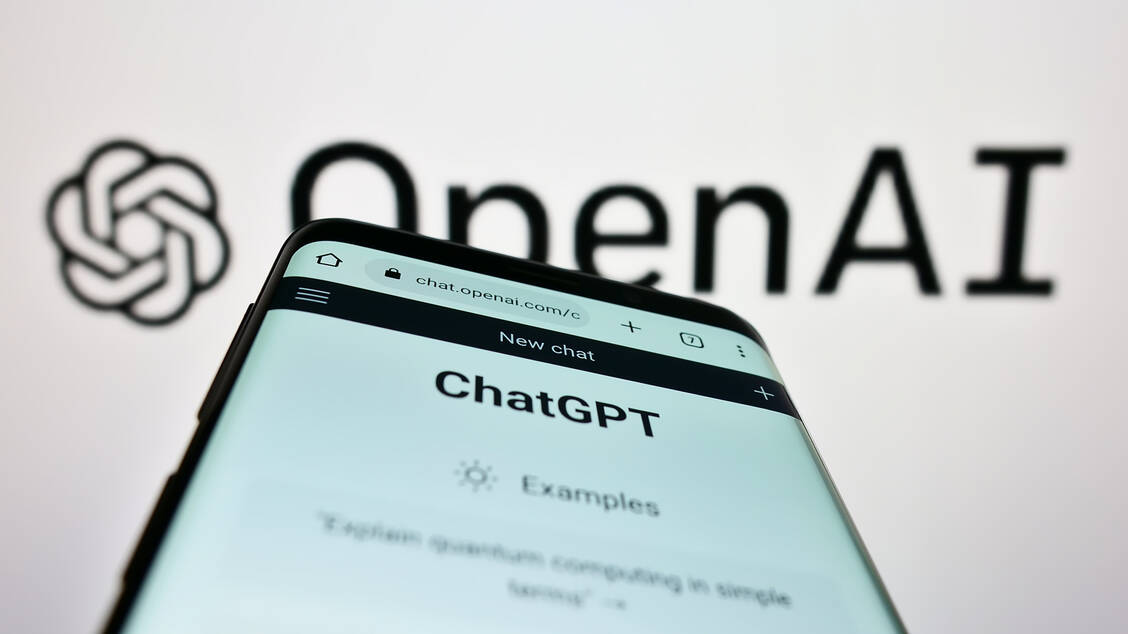No less impressive are artificial intelligences that create realistic images, graphics, works of art, entire books and films from just a few words - although the latter are not yet perfect. Pope Francis in a white down jacket or former US President Donald Trump being arrested by police officers are probably two of the best-known examples of images. The works of artificial intelligence appear deceptively real and are sometimes difficult to distinguish from human works. This is particularly problematic with images. They remain in the memory, even if it is later realised that they are fakes. Some companies have therefore built filters into their artificial intelligence systems to prevent the use of well-known personalities or the generation of pornographic content and fake news. Others have not. In addition, the source codes of some programmes are freely accessible and modifiable for anyone interested. Anyone with the necessary technical equipment can therefore theoretically create their own model.







